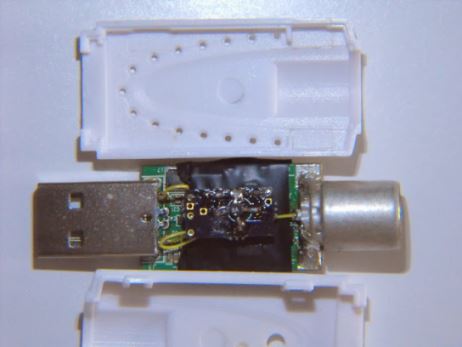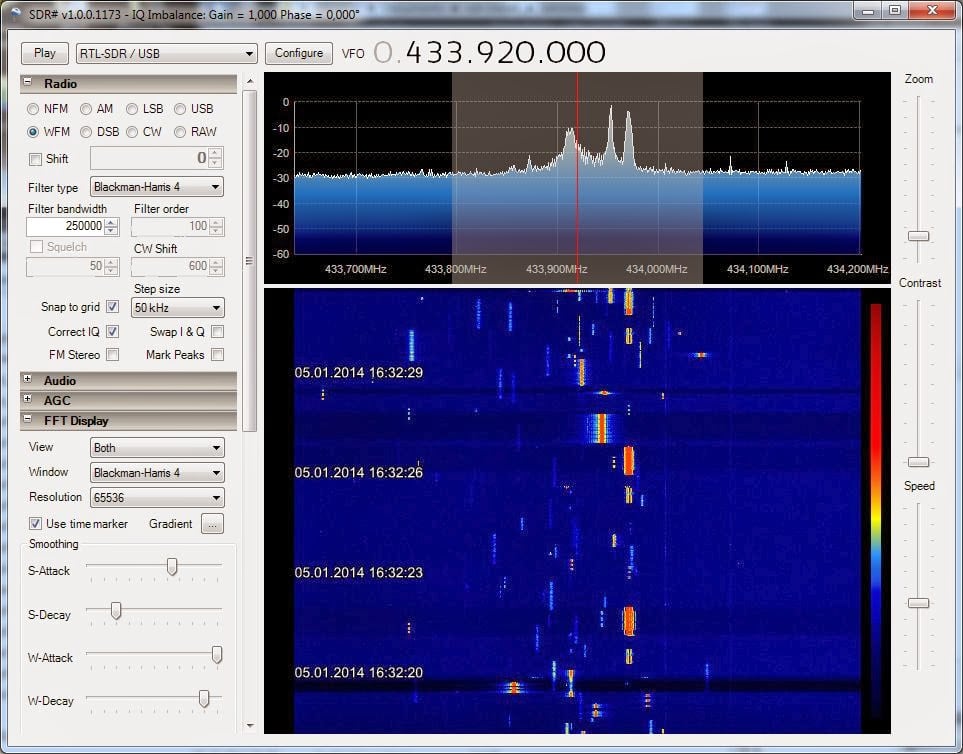Back in November we posted about Oona’s work with decoding radio controlled bus stop display signs using her RTL-SDR. Oona has given a talk at the Chaos Communication Congress about her work on decoding FM-RDS and the bus stop displays. The talk is now available on YouTube.
How I discovered mysterious hidden signals on a public radio channel and eventually found out their meaning through hardware hacking, reverse engineering and little cryptanalysis.
A story about my experiences with FM-RDS (Radio Data System), a digital subcarrier embedded in FM broadcast transmissions, and also cryptanalysis of the weakly encrypted TMC traffic messages contained therein. I originally found about the existence of such transmissions in a roundabout way, by using a spectrum analyzer program to examine intermodulation distortion in my radioâs Line Out audio. As it turned out, the inaudibly quiet distortion, probably caused by the radioâs stereo demuxer circuitry, contained all the information needed to decode all RDS data present in the transmission. I will demonstrate the journey I took and give a short introduction to how the data is actually encoded. Live acquisition of local RDS data depending on signal conditions in the premises.
As a bonus, I’m introducing yet another little-known FM subcarrier called DARC, and my recent reverse engineering of the bus stop display radio protocol used in Helsinki.

